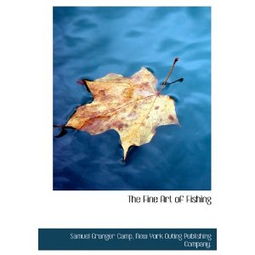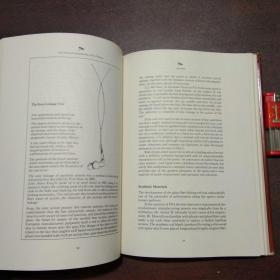
Introduction:
Fishing for carp, a species renowned for its size and fighting spirit, can be both a rewarding and challenging endeavor. One of the most popular methods for catching carp is through rod fishing, which requires a blend of patience, skill, and understanding of the fish's habits. In this article, we will delve into the intricacies of rod fishing for carp, focusing on the essential techniques to help you land that prized catch.
Understanding Carp Behavior:
Before we dive into the fishing techniques, it's crucial to understand the behavior of carp. Carp are bottom feeders that are attracted to food sources like insects, worms, and small fish. They are known to be highly sensitive to changes in water conditions and can be quite cautious when it comes to taking bait. By understanding these behaviors, you can tailor your approach to increase your chances of success.
Choosing the Right Equipment:
The first step in successful rod fishing for carp is selecting the right equipment. Here are some key components to consider:
Rod and Reel: Choose a rod that is medium to heavy-duty, with a fast action tip for sensitivity. A matched reel with a smooth drag system is essential to handle the weight of a large carp.
Line: Use a strong, yet supple line that can withstand the pressure of a fighting carp. A monofilament line with a breaking strain of 10-15 pounds is typically recommended.
Leader: A leader of 6-10 feet in length, made from fluorocarbon or monofilament, is ideal to reduce visibility in the water.
Hook: A size 6-10 hook, depending on the size of the bait, is usually sufficient for carp.
Bait: Carp are omnivorous, so you can use a variety of baits, including boilies, corn, bread, or pellets.
Setting Up the Rig:
The setup of your rig is crucial for successful carp fishing. Here are some tips:
Drop Shot Rig: This rig involves a fixed-length leader with a bait suspended below it. It's great for targeting carp in shallow water or around reeds.
Leger Rig: The leger rig consists of a fixed weight at the bottom, a swivel, and a length of leader with a hook. This rig is effective for deeper water or when fishing around structure.
Carrot Rig: This rig involves a fixed-length leader with a hook attached to a piece of string or elastic, allowing the bait to move more naturally.
Techniques for Carp Fishing:
Presenting the Bait: Carp are sensitive to movement, so it's important to present your bait in a way that mimics natural food sources. A slow and steady retrieve can be effective, or you can use a "twitching" technique to make the bait move more erratically.
Patience: Carp can be slow to bite, so patience is key. Wait for a subtle tap or a gradual pull to indicate a bite.
Setting the Hook: When you feel a bite, don't set the hook too quickly. Give the carp a moment to take the bait, then gently set the hook.
Landing the Fish: Once you've hooked a carp, be prepared for a fight. Use a combination of steady pressure and controlled movements to land the fish safely.
Additional Tips:
- Water Conditions: Monitor the water conditions, such as temperature and clarity, as these can affect carp behavior.
- Location: Look for areas with structure, such as reeds, logs, or weed beds, as these can provide cover and attract carp.
- Timing: Carp are often most active at dawn and dusk, so these are the best times to fish.
Conclusion:
Rod fishing for carp can be a highly rewarding experience, but it requires practice and patience. By understanding the behavior of carp, choosing the right equipment, and mastering the techniques for presenting and landing your catch, you'll be well on your way to becoming a successful carp angler. Remember, the key to success is to adapt your approach to the conditions and the fish you're targeting. Happy fishing!












